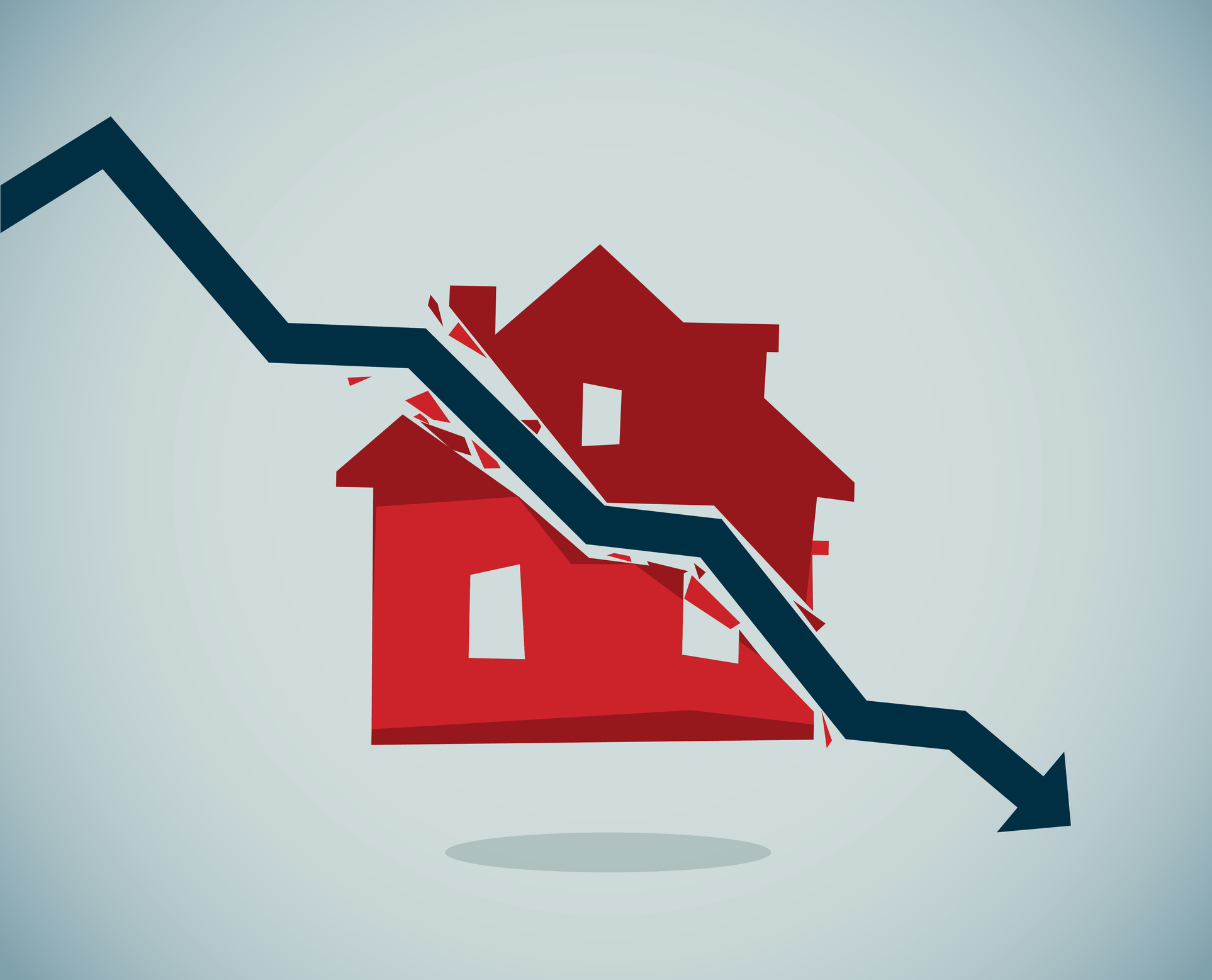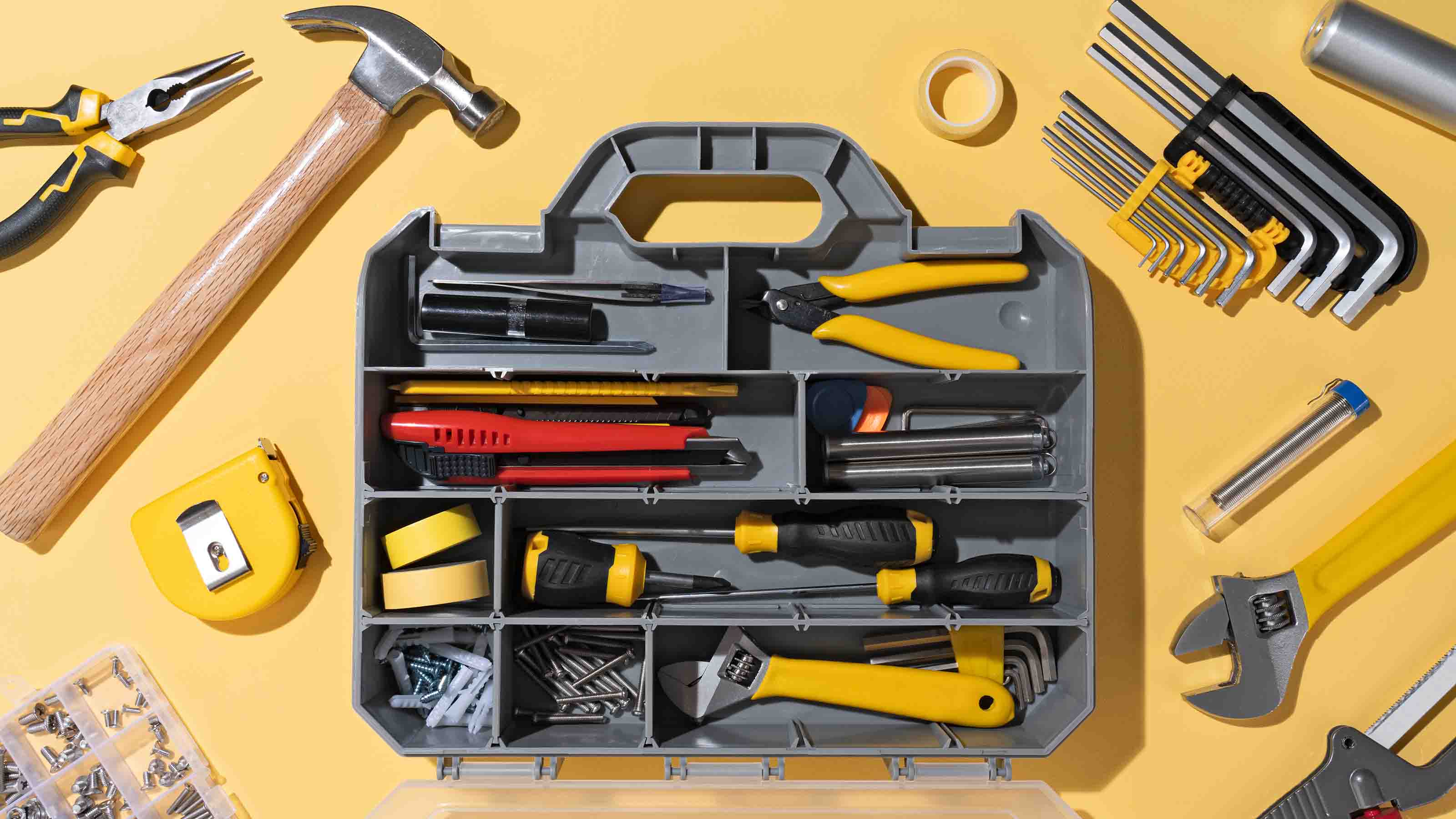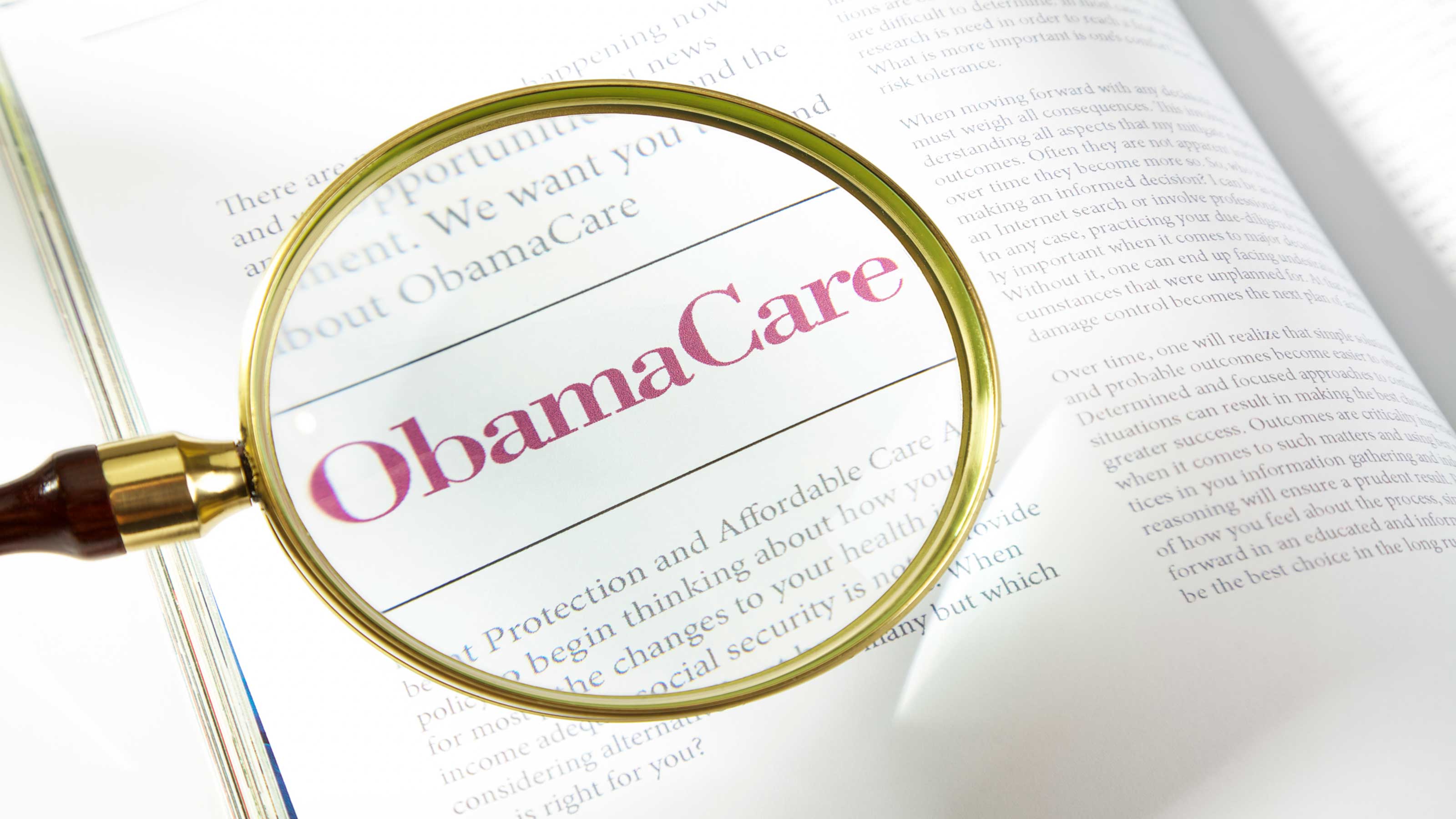What To Know if You’re in the Market for a New Car This Year
Buying a new car will get a little easier, but don’t expect many deals.
To help you understand what is going on in the economy and beyond, our highly experienced Kiplinger Letter team will keep you abreast of the latest developments and forecasts (Get a free issue of The Kiplinger Letter or subscribe). You'll get all the latest news first by subscribing, but we publish many (but not all) of our forecasts a few days afterward online. Here’s the latest...
The car market is getting back to normal. Slowly. Sales are rebounding. Inventories are no longer abnormally scant. Financial incentives, which dried up during the pandemic, are reemerging. Still, it’s a tough environment for buyers. Here’s what to know if you might be in the market.
1. Sales and costs
Total sales should grow a bit this year: Figure on about 16.3 million, up slightly from 2024’s already-solid 15.9 million vehicles sold. Interest rates on car loans should decline, albeit only slightly, after the Federal Reserve’s cuts last year and a bit more Fed easing later this year. Slightly lower financing costs also bode well for sales.

Sign up for Kiplinger’s Free E-Newsletters
Profit and prosper with the best of expert advice on investing, taxes, retirement, personal finance and more - straight to your e-mail.
Profit and prosper with the best of expert advice - straight to your e-mail.
2. Inventories
Buyers can expect a bit more selection as dealer inventories rebound — also good for sales. Among the most popular categories of cars this year, according to Joseph Yoon, consumer insights analyst at Edmunds.com:
- Big and compact SUVs. Roomy three-rows and, on the other end of the spectrum, small ones. Families with kids are often looking to upsize. Retirees and empty nesters often want to downsize.
- Pickup trucks of all flavors. Nothing new, considering how dominant trucks once meant for work have become in recent years.
- And hybrids, which had a banner year in 2024 and figure to stay in demand. “Consumers have made it pretty clear” that they’re interested in electrification, but not necessarily pure electric vehicles, notes Yoon. Hybrids like Toyota’s RAV4 and Honda’s CR-V are thriving as buyers look to save gas but not abandon it. More hybrid versions of popular models are rolling out, particularly from Toyota — hybrid Tacomas, Tundras, 4Runners, etc.
If you’re looking to score a big discount, EVs are the place to shop, Yoon says, provided that you are open to going electric. Between federal and state tax credits and discounts from manufacturers, there are juicy deals to be had. Note that any talk of doing away with the $7,500 tax credit on certain EV models could spur a huge wave of buying.
Brands with the most inventory in stock now, according to data from Cox Automotive, which could help buyers: Ford, Tesla and Stellantis-owned ones like Ram and Jeep. By contrast, inventories are tight at Toyota, Lexus, Honda and BMW, with scant room to haggle.
3. Buying advice
Some general buying advice, especially for folks who haven’t shopped lately:
- Be prepared for sticker shock, both on the prices of new cars and the rates on auto loans, says Yoon of Edmunds. The pre-COVID days when salespeople were ready to negotiate and loans could be had with 0% interest are long gone. Assess your buying power accordingly.
- Be flexible about what you want vs what you need. If you set your heart on one particular model or trim level, it could be hard to find, or cost a pretty penny.
- Lay the groundwork before you walk into a dealership. Identifying the car you’re interested in and contacting the dealer before you go in to see or drive it can help expedite the purchase. Otherwise, you’ll be competing with lots of buyers.
This forecast first appeared in The Kiplinger Letter, which has been running since 1923 and is a collection of concise weekly forecasts on business and economic trends, as well as what to expect from Washington, to help you understand what’s coming up to make the most of your investments and your money. Subscribe to The Kiplinger Letter.
Related Stories
Profit and prosper with the best of Kiplinger's advice on investing, taxes, retirement, personal finance and much more. Delivered daily. Enter your email in the box and click Sign Me Up.

David is both staff economist and reporter for The Kiplinger Letter, overseeing Kiplinger forecasts for the U.S. and world economies. Previously, he was senior principal economist in the Center for Forecasting and Modeling at IHS/GlobalInsight, and an economist in the Chief Economist's Office of the U.S. Department of Commerce. David has co-written weekly reports on economic conditions since 1992, and has forecasted GDP and its components since 1995, beating the Blue Chip Indicators forecasts two-thirds of the time. David is a Certified Business Economist as recognized by the National Association for Business Economics. He has two master's degrees and is ABD in economics from the University of North Carolina at Chapel Hill.
-
 Avoid Capital Gains Tax? Trump's New Bill Offers Massive Incentive for Donors
Avoid Capital Gains Tax? Trump's New Bill Offers Massive Incentive for DonorsTax Policy As U.S. Senate Republicans mark up their version of the One Big Beautiful Bill Act, one provision could give some donors a major tax break.
-
 2025 SALT Cap Could Hurt Top 'Hidden Home Cost'
2025 SALT Cap Could Hurt Top 'Hidden Home Cost'Tax Deductions The latest GOP tax bill might make hidden homeowner costs worse for you. Here’s how.
-
 Blue Collar Workers Add AI to Their Toolboxes
Blue Collar Workers Add AI to Their ToolboxesThe Kiplinger Letter AI can’t fix a leak or install lighting, but more and more tradespeople are adopting artificial intelligence for back-office work and other tasks.
-
 Tax Rule Change Could See Millions Lose Health Insurance
Tax Rule Change Could See Millions Lose Health InsuranceThe Kiplinger Tax Letter If current rules for the health premium tax credit (PTC), a popular Obamacare subsidy, aren't extended, 3.7 million people could lose their health insurance.
-
 How to Appeal a Health Insurance Denial
How to Appeal a Health Insurance DenialIf your insurer refuses to pay for a treatment or procedure that you believe should be covered, use our guide to appeal.
-
 How to Thaw a Credit Freeze — and Why You Would
How to Thaw a Credit Freeze — and Why You WouldAs you shop for a loan or credit card, you must open up access to your credit reports.
-
 Will State Laws Hurt AI’s Future?
Will State Laws Hurt AI’s Future?The Kiplinger Letter Republicans in Congress are considering a moratorium on state AI laws. But it’s likely a growing patchwork of state AI regulations will be here for a while.
-
 Thinking About Buying a Boat? 10 Things to Know First
Thinking About Buying a Boat? 10 Things to Know FirstPlanning on buying a boat in retirement? Think of it as a hole in the water you dump money into, says one expert. But it's not all bad.
-
 Travel Trends You Can Expect This Summer
Travel Trends You Can Expect This SummerThe Kiplinger Letter Domestic trips will trump foreign travel amid economic uncertainties, though some costs are down.
-
 AI Goes To School
AI Goes To SchoolThe Kiplinger Letter Artificial intelligence is rapidly heading to K-12 classrooms nationwide. Expect tech companies to cash in on the fast-emerging trend.

